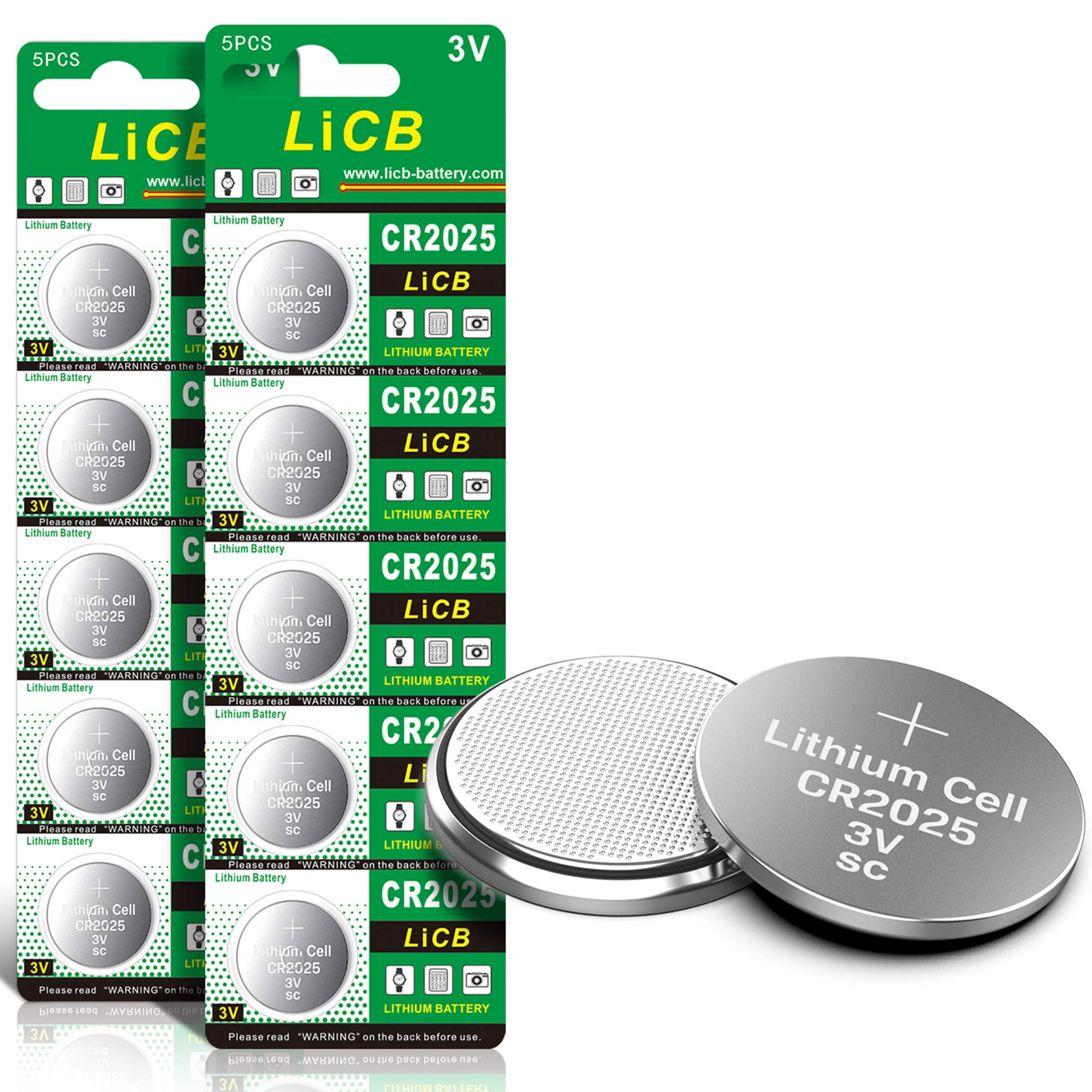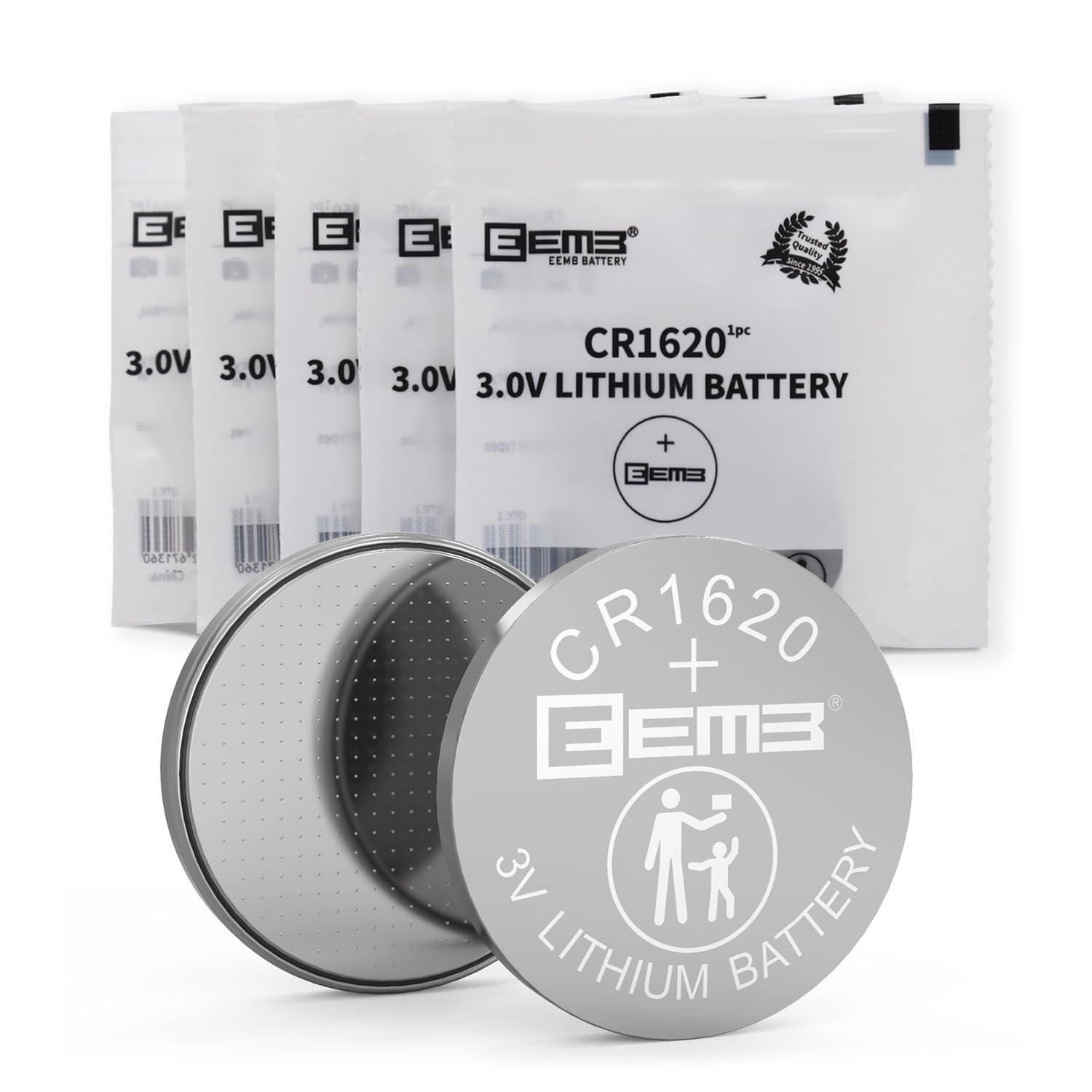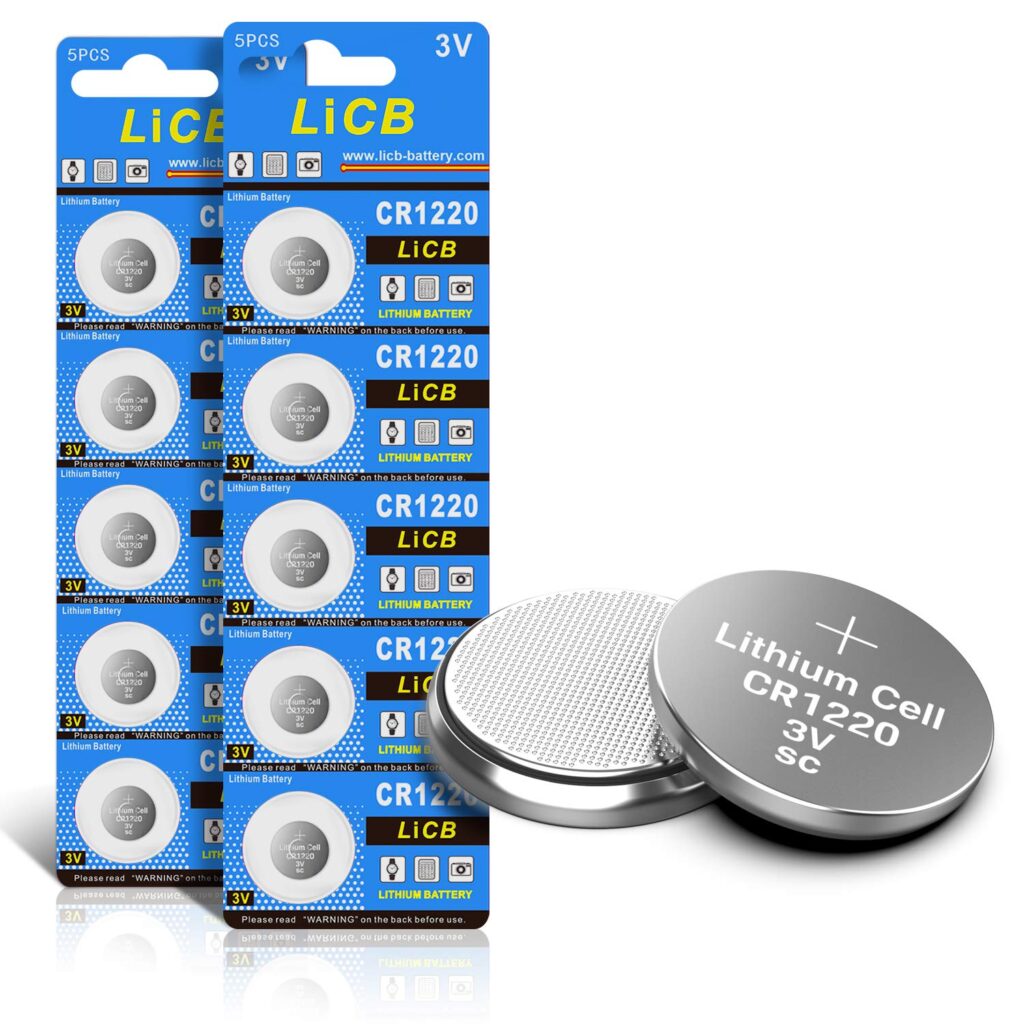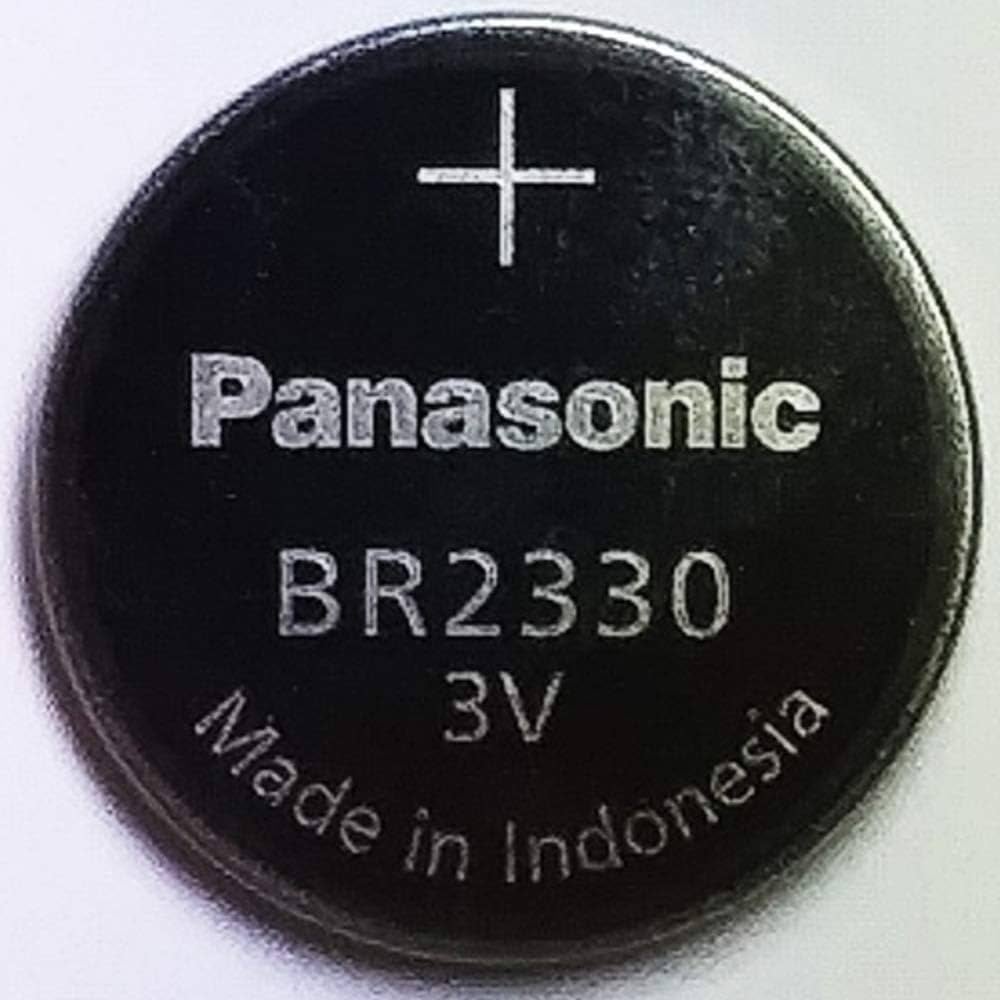In the world of small electronics, the CR2025 and CR1620 batteries hold significant importance. These compact lithium coin batteries are essential for powering a variety of devices, ranging from calculators and watches to key fobs and medical devices. Understanding the differences between these two battery models can be crucial for consumers looking to make informed decisions about which battery best meets their device requirements. This article will provide a comprehensive comparison of the CR2025 and CR1620 batteries, exploring their features, specifications, and overall performance to guide potential buyers in choosing the right battery for their needs.
Detailed Comparison Table
| Feature | CR2025 | CR1620 |
|---|---|---|
| Image |  |
 |
| Diameter | 20 mm | 16 mm |
| Thickness | 2.5 mm | 2.0 mm |
| Voltage | 3V | 3V |
| Capacity | 170 mAh | 70 mAh |
| Weight | 2.5 g | 1.2 g |
| Typical Uses | Remote controls, calculators, watches | Key fobs, medical devices, small electronics |
Informative Explanation of Features and Specifications of Both Products
CR2025 Battery
The CR2025 battery is a lithium coin cell known for its larger diameter of 20 mm and thickness of 2.5 mm. With a voltage of 3 volts, it is capable of delivering a significant capacity of 170 milliampere-hours (mAh). This makes it ideal for devices that require more power, such as remote controls, calculators, and some digital watches. Its larger size also means it can sustain longer usage periods compared to smaller batteries.
CR1620 Battery
The CR1620 battery, in contrast, is smaller with a diameter of 16 mm and a thickness of 2.0 mm. Despite sharing the same 3-volt output, its capacity is limited to 70 mAh, reflecting its suitability for smaller devices with lower power demands. Common applications include key fobs, small medical devices, and other compact electronics. Its lightweight nature, at just 1.2 grams, is advantageous for devices where weight is a critical factor.
Differences Between Products
The primary differences between the CR2025 and CR1620 batteries lie in their physical dimensions, capacity, and corresponding use cases. The CR2025s larger size and higher capacity make it more suitable for devices that require prolonged power delivery. Its applications are diverse, extending from remote controls to larger digital gadgets. On the other hand, the CR1620s compact form factor is specifically advantageous for devices where space is a premium. Its lower capacity aligns with gadgets that have minimal power consumption, ensuring that the battery size does not compromise the devices design or functionality.
Additionally, the weight difference between the two batteries, with the CR2025 being more than double the weight of the CR1620, also affects their usability in certain devices. For portable and lightweight electronics, the CR1620 offers a clear advantage, while the CR2025 is better suited for applications where battery longevity is prioritized over compactness.
Pros and Cons Section
CR2025 Battery

- Pros:
- Higher capacity for longer usage.
- Suitable for a wide range of devices.
- Standard size for many common electronics.
- Cons:
- Larger and heavier, not ideal for compact devices.
- May not fit in devices designed for smaller batteries.
CR1620 Battery

- Pros:
- Compact and lightweight.
- Fits in small, space-constrained devices.
- Ideal for low-power electronics.
- Cons:
- Lower capacity, requiring more frequent replacements.
- Limited use in high-power demand devices.
Performance Evaluation and User Experience
In terms of performance, the CR2025 generally outshines the CR1620 in devices that require sustained power over longer periods. Users often report that the CR2025s higher capacity translates to fewer battery changes, especially in gadgets like remote controls and digital cameras. Its reliability and standard size make it a go-to option for many consumers who prioritize battery life and device compatibility.
Conversely, the CR1620 excels in providing adequate power to smaller devices, where its compact size is a significant advantage. Users of key fobs and compact medical devices appreciate the CR1620 for its ability to fit into tight spaces without compromising the functionality of their gadgets. The trade-off, however, is the need for more frequent replacements due to its lower capacity. Despite this, its performance is rated as consistent and dependable within its intended use cases.
Final Recommendation and Conclusion
When choosing between the CR2025 and CR1620 batteries, it is essential to consider the specific requirements of your devices. If your device demands longer battery life and can accommodate a slightly larger battery, the CR2025 is undoubtedly the better choice. It offers more robust performance for a wide array of electronics, ensuring fewer interruptions and more efficient power delivery.
On the other hand, if your device is compact and space-limited, the CR1620 is the ideal option. While it may require more frequent changes, its compatibility with small electronics makes it indispensable for certain applications.
In conclusion, both the CR2025 and CR1620 batteries serve distinct purposes and are tailored to different device needs. By understanding their unique specifications and performance capabilities, consumers can select the battery that best aligns with their devices demands, ensuring optimal functionality and user satisfaction.


